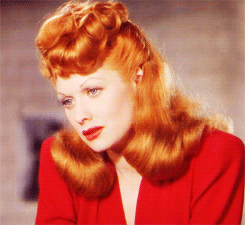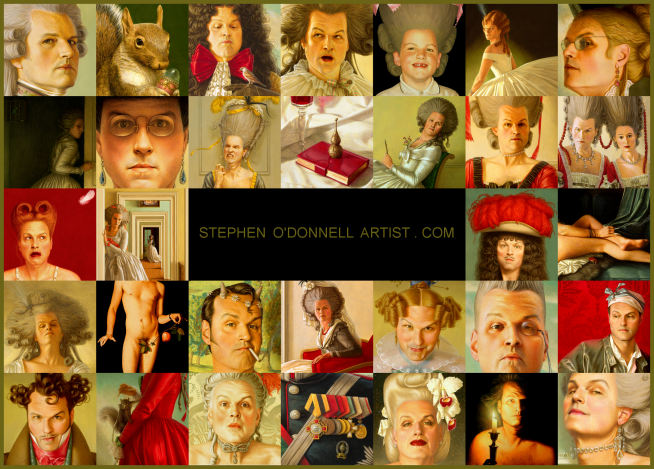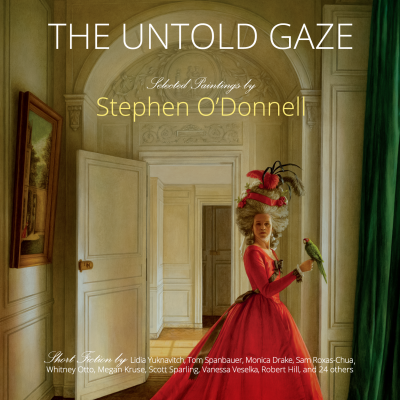 |
| I think this a great big mess of a painting, but rather delightful nonetheless. |
Friederike Luise of Hesse-Darmstadt (16 October 1751, Prenzlau – 25 February 1805, Berlin), the second wife of Prince Friedrich Wilhelm of Prussia, later King Friedrich Wilhelm II. Born the daughter of Ludwig IX, Landgrave of Hesse-Darmstadt, and Caroline of Zweibrücken, she married in 1769, immediately after her new husband's first unhappy marriage was dissolved. Friedrich Wilhelm's second marriage was no more successful, as he again proved wildly unfaithful; he began a liaison
with a sixteen-year-old that same year, a relationship which would continue for twenty-eight years, until his death. Though that didn't hinder him from
twice bigamously marrying, successively, ladies-in-waiting to his own wife.
Friederike Luise was considered unattractive and described as very eccentric. It was claimed that she saw ghosts and spirits, and that she therefore took to sleeping by day and waking during the night, a behavior that only worsened after the death of her husband in 1797. But she was also known for her generosity and her kindness to those in need.
A year after Friedrich Wilhelm's death, the Crown Princess of Sweden, visiting the Dowager Queen of Prussia at the Monbijou Palace in Berlin (now destroyed), describer her thus:
She is a small, very fat, middle age lady, who walks so crooked that she
looks like an old woman. You could mistake her for one of these
fairies from an ancient tale. She is very polite and talkative and
shines of a goodness which gives the witness of a kind heart and a noble character.
She died of a stroke seven years later at the age of fifty-three.
 |
| The future Friedrich Wilhelm III |
***
Anna Dorothea Therbusch (23 July 1721, Berlin - 9 November 1782, Berlin), notable Prussian painter of the Rococo period. She was the daughter of Georg Lisiewski, a successful portrait painter of Polish heritage. She and her siblings were taught by their father, and Anna and her sister were considered artistic prodigies. But she would eventually marry an innkeeper and give up painting in order to help her husband in the business. At the age of thirty-nine, though, she considered her spousal obligations met, and left her family to resume her painting career.
She soon found success at the court of Duke Karl Eugen in Stuttgart, and by 1762 she had become an honorary member of the Stuttgart Academy of the Arts. Three years later, she went to Paris, where the French Royal Academy of Painting and Sculpture displayed her work. She became close friends with the philosopher Denis Diderot, even living with him for a time. Her time in Paris was not financially successful, though and, in debt, she returned to Berlin in 1769. There, she worked at the court of Frederick the Great, painting portraits and creating mythological scenes to decorate Frederick's new palace of Sanssouci. She died at the age sixty-one.




























































